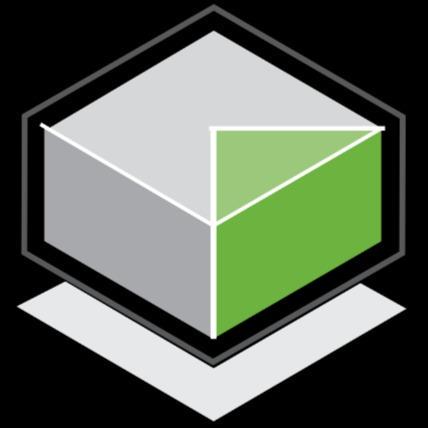A recap on previous sessions
– OSI model and mapping to TCP/IP stack
– UDP (connectionless protocol)
TCP
– Ports
– Example of making HTTP connection over TCP to a webserver
– BSD sockets API, packet loss, packet retries, timers, ioctls()
– Telnet and nagle algorithm
– TCP connections and hacking techniques, denial of service (DoS)
– Connection failure scenarios e.g. over cellular and TCP KeepAlive
– Using WireShark and Browser Development tools to see network communication
– Promiscuous mode and potential issues seeing packets on wired and wireless networks.
– WiFi and WiFi scanner tools
DNS servers and domain to IP mapping with HTTP requests
Types of DNS records (NB: A is an Address record not an Anchor, missed CNAME)
URL format (NB: %% not valid in a URL use %25)
HTTP methods
TLDs – top level domains – and domain registration
Intro to MQTT
Time and NTP
Use of domains rather than IP addresses
Dynamic IP addresses and Dynamic DNS
Our founder Alex has been developing a short course for graduate engineers on how TCP/IP works to underpin the Internet we all know and love today. This is the second time the course has been run for the engineering team here at Dynamic Devices and hopefully it is of interest.
In Part One Alex spoke about the basics of how computer devices send information to each other within a local network and across networks. If you want to learn more about it, check out this video
In Part Two he covered IP address assignation (DHCP), ARP mapping between IP and MAC addresses, Internetworking, gateways and routers, Ping and traceroute for understanding network connectivity, Connectionless and Connection orientated protocols (UDP and TCP) – Ports and Services. For more see the video here
And in Part Three Alex covers
